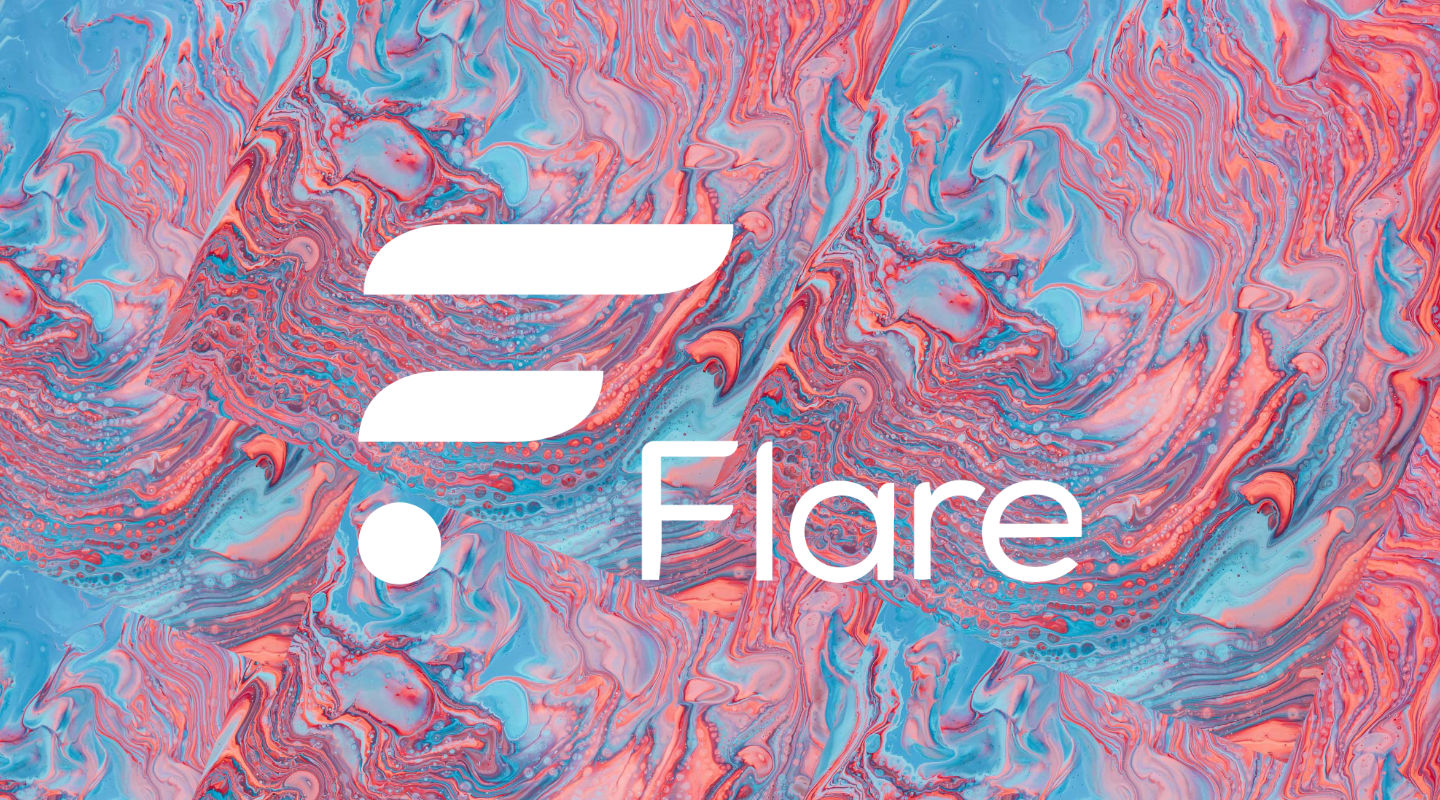Flare Network is a decentralized platform that aims to bridge the gap between smart contract networks, such as Ethereum, and blockchain networks without native smart contract functionality. By leveraging the Flare Network, assets from non-smart contract chains can be utilized in decentralized finance (DeFi) applications and other smart contracts. The native token of the Flare Network is Spark (FLR), which is utilized for various purposes within the ecosystem, including governance, staking, and collateral. In this comprehensive article, we will delve into the factors that could influence the price of FLR, examine historical price trends, and provide a forecast for the future of Flare crypto.
Understanding the Flare Network and Spark Token (FLR)
Before delving into the price prediction of Flare crypto, it is essential to understand the fundamentals of the Flare Network and the role of the Spark token within its ecosystem.
Flare Network: Bridging the Gap Between Blockchains
The Flare Network is designed to bring smart contract functionality to cryptocurrencies that do not have native smart contract capabilities. By doing so, it enables these assets to be used in various DeFi applications, unlocking their potential for use in decentralized finance. The Flare Network is designed to be highly scalable and secure while maintaining low transaction fees and fast settlement times.
The Spark Token (FLR): Use Cases and Utility
The Spark token (FLR) is the native utility token of the Flare Network. It serves several purposes within the ecosystem, including:
- Governance: FLR token holders can participate in the governance of the Flare Network by voting on proposals, such as network upgrades and changes to system parameters.
- Staking: FLR tokens can be staked to earn rewards from network fees and participate in the Flare Network’s consensus mechanism, the Federated Byzantine Agreement (FBA).
- Collateral: FLR tokens can be used as collateral within the Flare Network to mint F-Assets, which are synthetic representations of non-smart contract cryptocurrencies, such as XRP and Litecoin.
Factors Influencing the Price of Flare Crypto (FLR)
Various factors can influence the price of Flare crypto, including:
- Adoption: As more non-smart contract cryptocurrencies integrate with the Flare Network and more DeFi applications are built on the platform, the demand for FLR tokens may increase, potentially driving up the price.
- Regulatory developments: Regulatory changes in the cryptocurrency landscape can influence the price of FLR, either positively or negatively, depending on the nature of the regulations.
- Competing platforms: The success of competing platforms that offer similar functionality, such as interoperability or cross-chain solutions, can impact the demand for FLR tokens and subsequently influence its price.
- Overall cryptocurrency market trends: The price of FLR is also influenced by broader market trends and investor sentiment within the cryptocurrency space.
Historical Price Trends of Flare Crypto (FLR)
(Note: As of the knowledge cutoff date of September 2021, the Flare Network had not yet launched, and the Spark token (FLR) had not begun trading. Therefore, historical price trends cannot be provided in this article. When using this article in the future, please refer to appropriate sources for the latest historical price data.)
Flare Crypto Price Prediction and Forecast
Given the lack of historical price data and the rapidly evolving nature of the cryptocurrency market, providing an accurate price prediction for Flare crypto is challenging. However, based on the fundamentals of the Flare Network and the potential demand for its native Spark token, several scenarios can be considered:
- Bullish scenario: In the bullish scenario, the Flare Network gains widespread adoption, enabling numerous non-smart contract cryptocurrencies to be utilized in DeFi applications. This increased usage leads to a surge in demand for FLR tokens, driving up the price. Additionally, positive regulatory developments and growing investor interest in the cryptocurrency market contribute to a favorable environment for the growth of FLR.
- Neutral scenario: In the neutral scenario, the Flare Network experiences moderate adoption, with a steady but limited increase in the number of cryptocurrencies integrated into its ecosystem. The demand for FLR tokens grows modestly, leading to stable or slightly increased prices. Market trends and regulatory developments have a balanced impact on the price of FLR, with no significant price swings in either direction.
- Bearish scenario: In the bearish scenario, the Flare Network faces stiff competition from other platforms offering similar functionality, resulting in slow adoption rates and limited growth. The demand for FLR tokens remains low, causing the price to stagnate or decline. Unfavorable regulatory developments or negative investor sentiment within the broader cryptocurrency market also contribute to downward pressure on the price of FLR.
Conclusion
Predicting the future price of Flare crypto is a complex task, with numerous factors influencing the value of the Spark token (FLR). These factors include adoption rates, regulatory developments, competition from other platforms, and overall market trends. While it is impossible to provide a precise price prediction, understanding the potential scenarios and the factors that could influence the price of FLR can help investors make informed decisions.
It is essential to note that investing in cryptocurrencies carries significant risks, and the information provided in this article should not be considered financial advice. Investors should conduct thorough research, consult with professional advisors, and carefully consider their risk tolerance before making any investment decisions.

Jay is a data analyst and research writer. He works in the field of finance, decentralised finance, stock market, and business. He used to work as a finance consultant in Silicon Vally, after which he decided to reduce his stress levels and go on a less-thriving way. His favourite graphic novel is Hellblazer.
